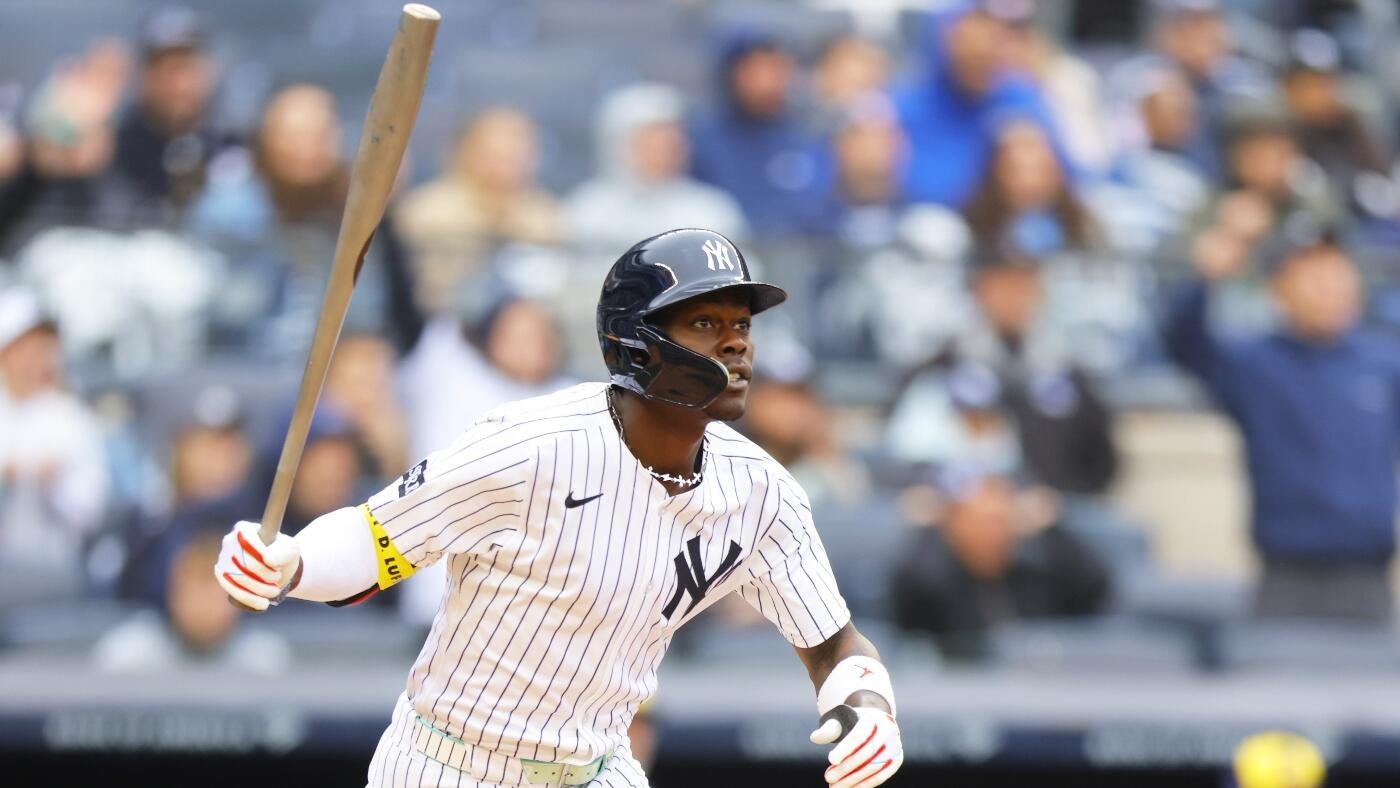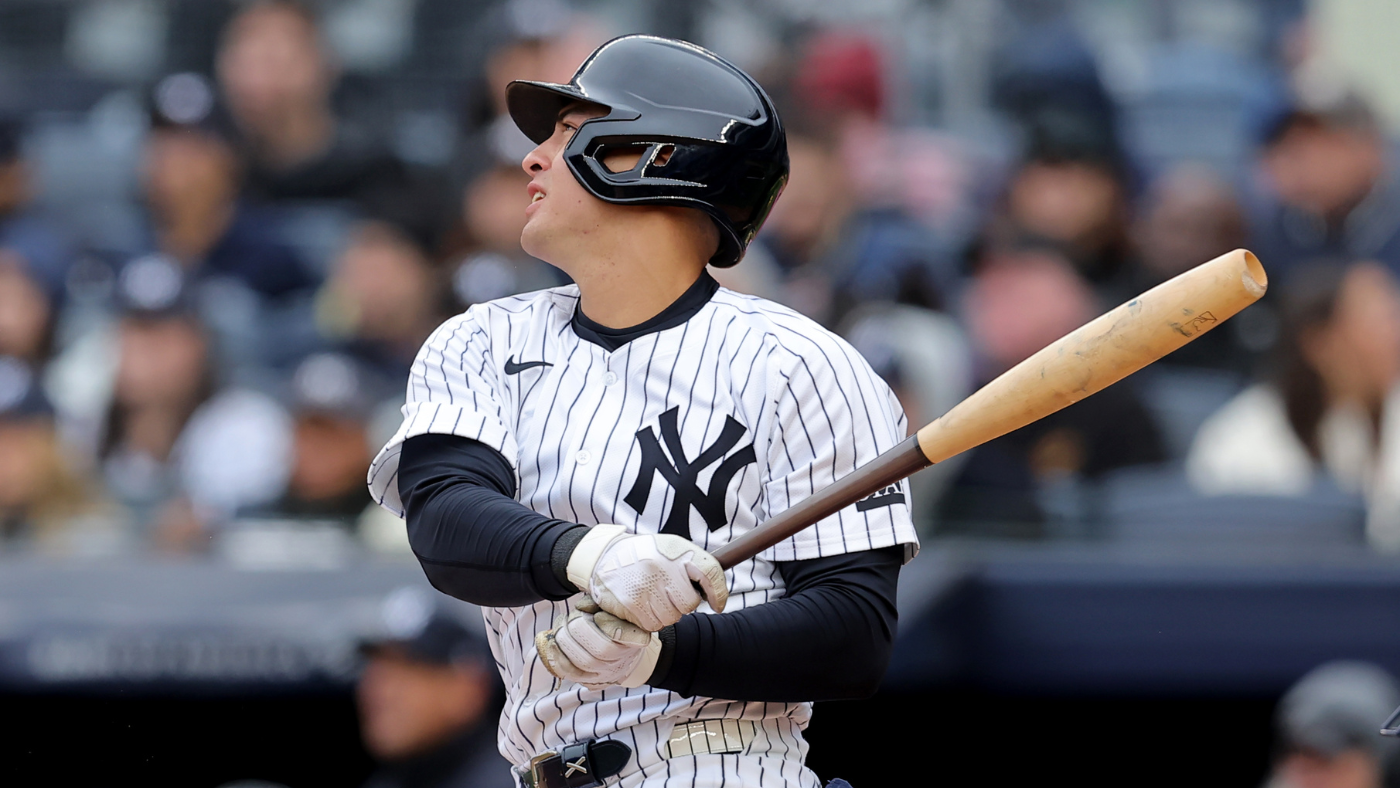
The Dodgers could be excused for thinking they dodged a torpedo. Good thing for them that in last year's World Series most New York Yankees hitters had yet to equip themselves with the bat conceived by an MIT physicist turned baseball analytics nerd.
Aaron Leanhardt was hired away from MIT by the Yankees in 2018 and soon put his Ph.D in physics and bachelor's degree in electrical engineering to use developing a novel shape of a bat, one that moved the fattest part from the end to the area where most contact is made.
Yup, looks like a torpedo, and that's the working nickname in headlines across the Big Apple.
Result? The Yankees hit nine home runs in a 20-9 win Saturday over the Milwaukee Brewers. The first three pitches to Yankees hitters were hit over the fence — a record feat — and most of the bombs were hit by torpedos. The Bronx Bombers hit four more Sunday, giving them 13 over the weekend and tying a Major League record with 15 in the first three games of a season.
The reaction across MLB? Shock and awe.
Read more:The Dodgers received their World Series rings. Here's what they look like
Leanhardt downplayed his contribution in an interview with the Athletic: “Really, it’s just about making the bat as heavy and as fat as possible in the area where you’re trying to do damage on the baseball."
He acknowledged it didn't take a rocket scientist or whatever it is they do at MIT to come up with the design. It might not even be a revelation.
“Ultimately, it just takes people asking the right questions and being willing to be forward-thinking,” he said.
Or maybe Leanhardt was inspired playing slowpitch softball. Bats used in those rec leagues — while metal — feature lengthy barrels that taper at the end, looking a bit like a bowling pin.
The instant success of the Yankees opened eyes. Expect copycats throughout the game.
“Obviously, [the Yankees'] performance threw a whole lot of attention to it.” said Leanhardt, who left the Yankees to become a field coordinator with the Miami Marlins this offseason.
Before he departed, however, he made sure his bat design was within Major League Baseball rules, that limit bats to 2.61 inches in diameter and 42 inches in length. The only other stipulations are that bats must be made of solid wood, not have a cup at the tip deeper than an inch, and not have pine tar or another grip substance more than 18 inches from the handle.


